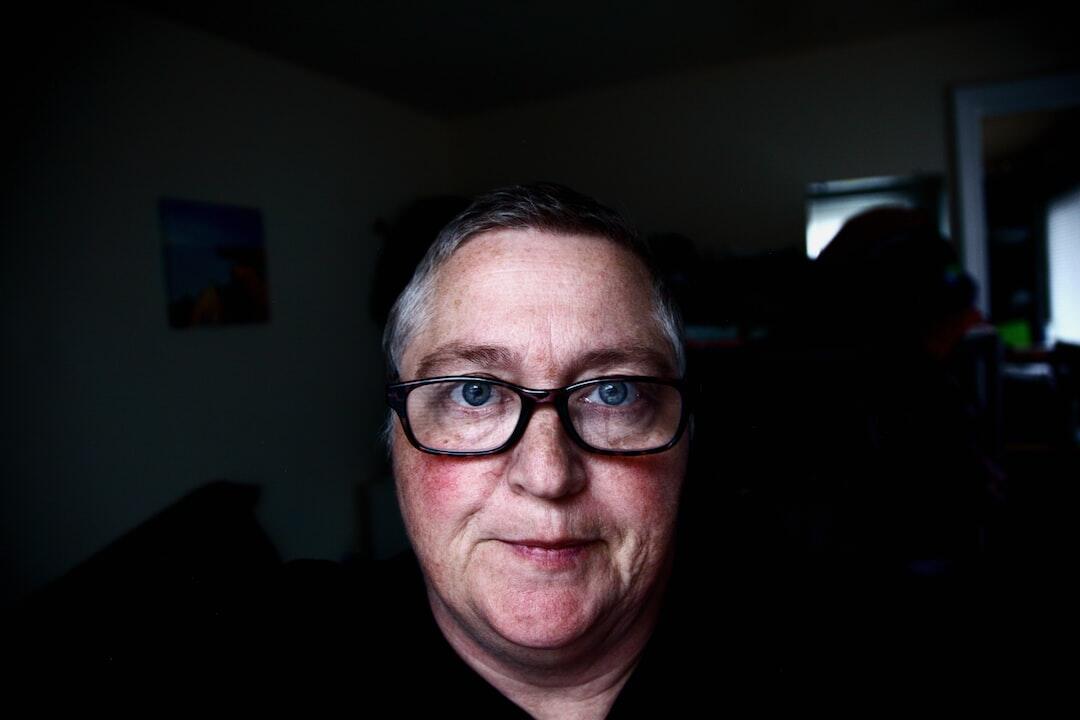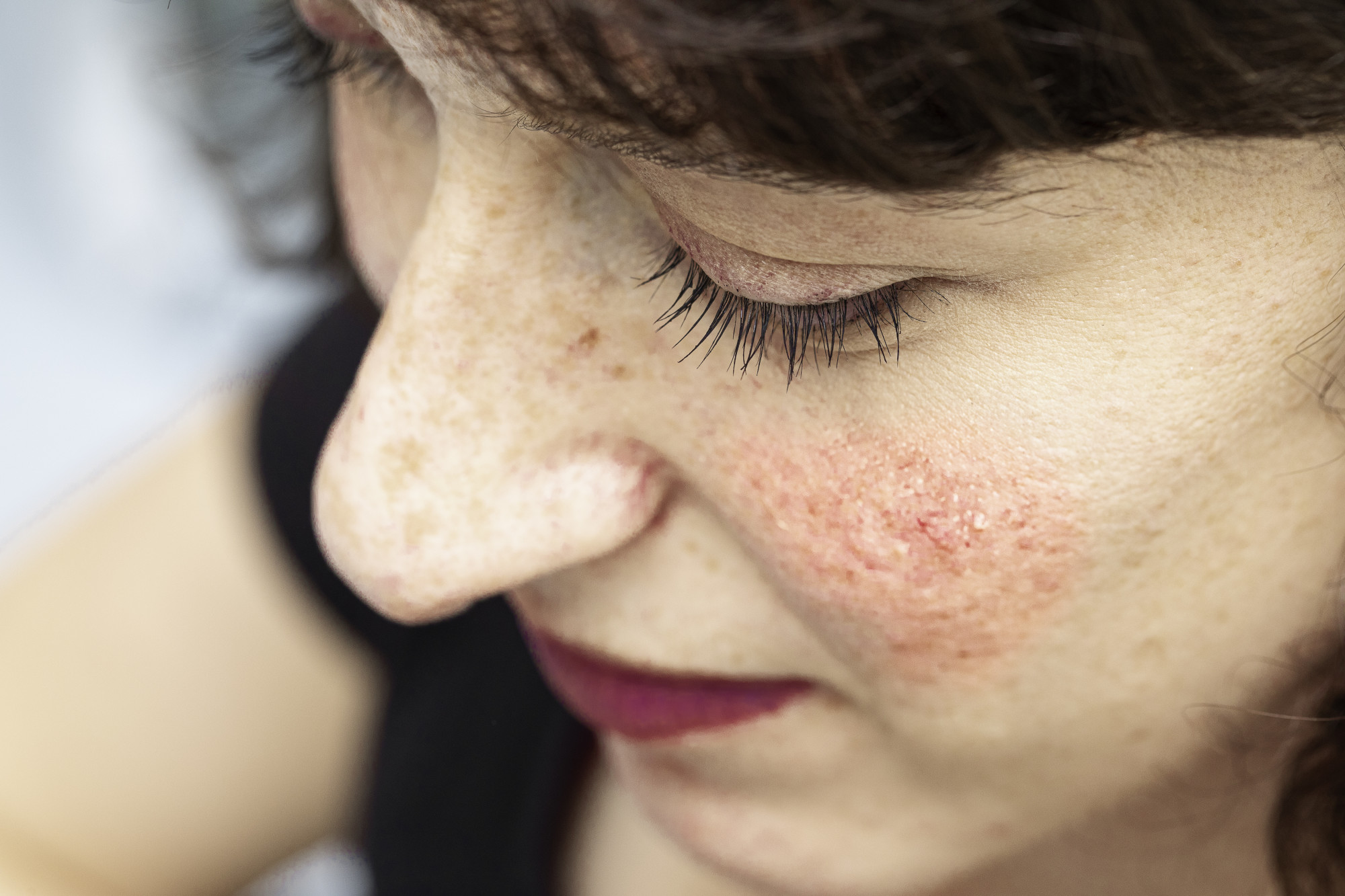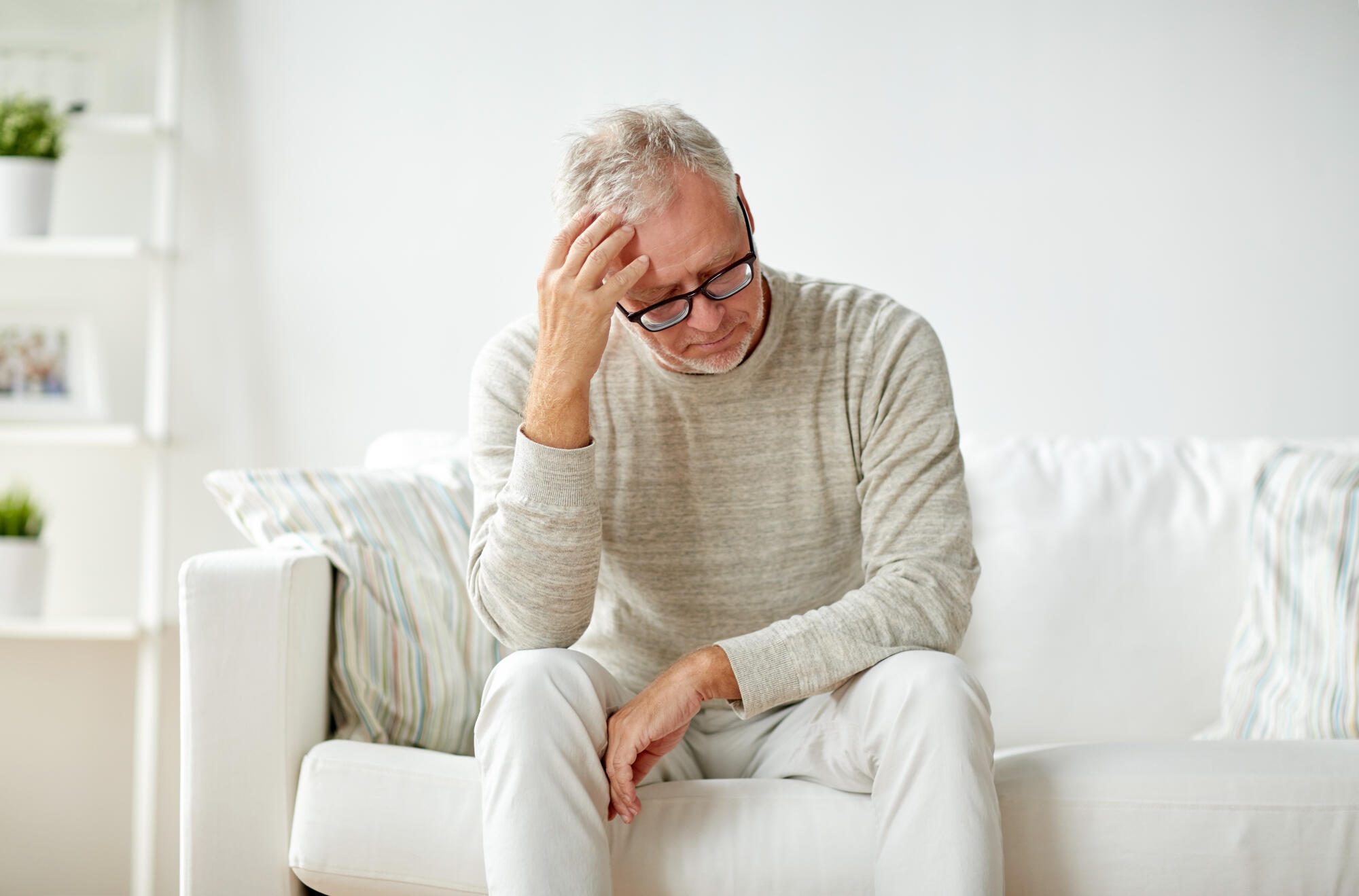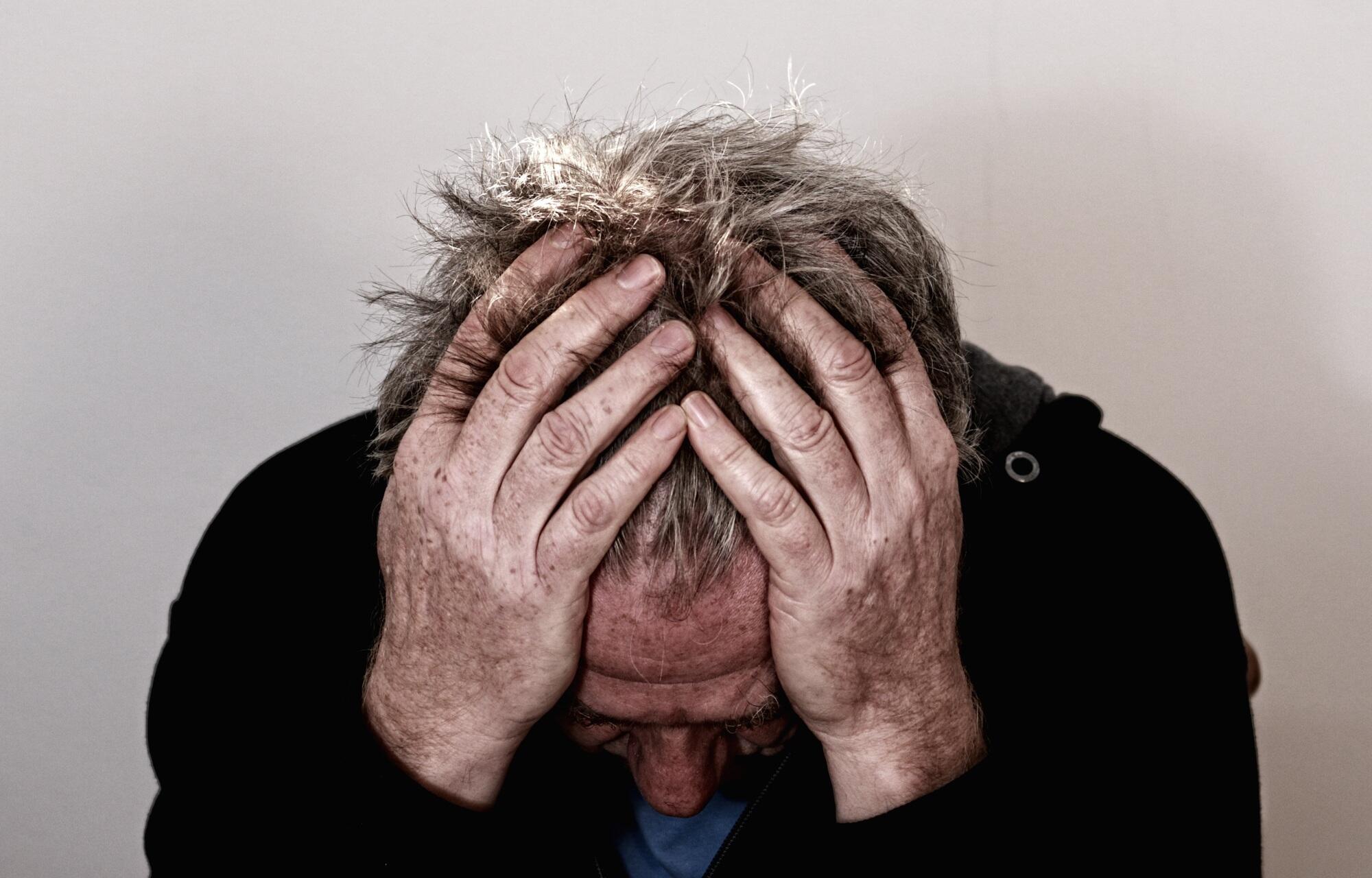
A Guide to Treatment for Rosacea

Our skin is our largest organ. So it should come as no surprise that as many as one in every three Americans suffers from some kind of skin disease.
Skin conditions range from serious and even life-threatening conditions like tumors and cancers to painful but less serious skin problems like acne and eczema. Some of these conditions require surgery or other extensive treatments. Others can be treated with simple, over-the-counter skincare.
One common skin condition is rosacea. While this condition may seem like minor discoloration, it can actually be painful, and lead to other symptoms like dry, irritated eyes or a swelling nose.
There is no cure for rosacea. However, there are a variety of options for treatment for rosacea. Keep reading as we explore more about this condition, as well as some rosacea treatments.
What is Rosacea?
Rosacea is a skin condition that is best known for causing flushing of the skin. This flushing looks a lot like a blush, and can sometimes be mistaken for acne or other common skin conditions. However, rosacea can be persistent and painful, especially over time if left untreated.
When the skin becomes flushed, small blood vessels across the nose and cheeks may become more pronounced and visible. Rosacea may also lead to the development of pimples, similar to acne pimples, throughout the face. These pimples may occasionally pus.
The flushing of the face that occurs as a result of rosacea is largely cosmetic. However, rosacea can also have other painful side effects. The skin of the face may feel hot and tender. Individuals may feel a burning sensation that can be very painful.
Some individuals with rosacea may experience dry eyes and eyelids that can be irritating and painful. In some cases, this symptom may also occur before the flushing and redness occur on the skin.
Over time, rosacea may lead to a thickening of the skin on the nose. This can lead to a swollen, bulbous look. This symptom is more common in men than in women.
How Common is Rosacea?
While it may not be discussed as often as acne or even eczema, rosacea is very common. Research shows that it may impact at least one in every 10 Americans or more than 14 million people across the U.S.
This condition is common outside of the U.S. as well. Researchers believe that as many as 415 million people around the globe could suffer from rosacea.
Because the symptoms of rosacea often mirror acne or other skin conditions, rosacea may go undiagnosed and untreated, especially in populations without ready access to medical care.
Rosacea Treatments
There is no cure for rosacea. However, there are some options for treatment for rosacea. These focus on treating the symptoms of rosacea to provide some comfort and reduce the redness and swelling associated with this skin condition.
Laser Therapy
One treatment option is laser therapy. Using a laser or light, a doctor or dermatologist can reduce or even get rid of the blood vessels that are causing the swelling and redness.
This method of rosacea treatment is still undergoing research. Laser treatment has been shown to reduce redness by around 20 percent for rosacea patients. The length of exposure to the laser or light therapy may vary, as will the results.
Laser resurfacing may be used to remove thickened skin, especially on and around the nose.
Medication
Because laser therapy has only been shown to provide a 20 percent reduction in redness, medication may be the more popular option for treating rosacea.
Several new prescription medications for rosacea have been developed in recent years. One popular option is a topical drug. This medication is designed to treat the flushing caused by mild to moderate rosacea.
Your doctor may prescribe a gel or a cream that you’ll apply daily to the affected skin. Often, patients see results within as little as just 12 hours of use. While topical creams or gels often show results quickly, the impact that they have on the affected blood vessels is temporary. This means that you will need to continue using the gel or cream to continue to see results.
Other topical creams and gels are designed specifically to treat the pimples caused by mild rosacea. Some topical options include Azelex, Metrogel, and Soolantra.
Oral antibiotics could also be prescribed by your doctor. These may be prescribed on their own or be used along with a gel or cream. Doctors may prescribe either oral antibiotics, designed to treat the bumps and pimples of moderate to severe rosacea, or an oral acne drug to treat the pimples of mild to severe rosacea.
Finding the Right Treatment for Rosacea
If you or a loved one is suffering from this common skin condition, finding the right treatment for rosacea is important. Treating the symptoms of this disease as soon as possible can help reduce discomfort and even help the individual avoid worsening symptoms, like a swollen nose or the development of spider veins.
Oral and topical medications are often the fastest and most effective treatment for rosacea. After getting a prescription from a doctor, you can get your medication from a pharmacy. However, making an appointment with a doctor in person, and relying on a traditional pharmacy can take time, and be costly.
If you believe that you’re suffering from rosacea, this means that you’ll be left dealing with the uncomfortable, painful side effects until you can be seen.
But with an online doctor, you can be seen faster, and get a prescription filled online and shipped directly to your home. Click here to learn more about our online doctor, and schedule a consultation today.
Related Posts

